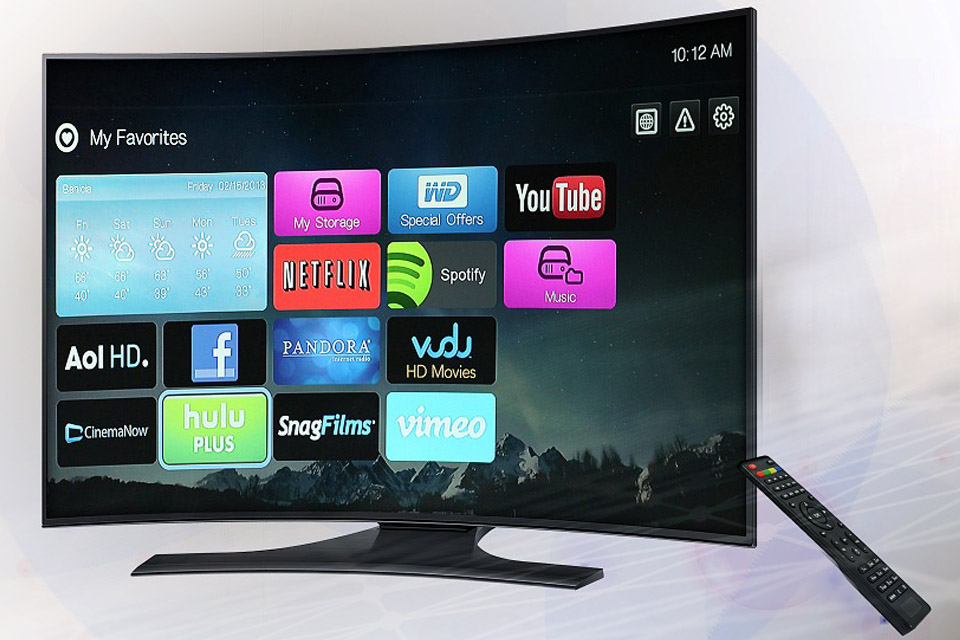With Upfronts season underway and digital streaming becoming more popular, is television going out of style? Quite the contrary, it turns out, according to recent data regarding viewership and ad revenue. Let’s explore how much we love our “boob tube,” shall we?
High Five For Watching Live
A majority of TV is viewed in a combination of live and time-shifted (DVR), according to Nielsen’s Q3 2016 Total Audience Report. Among the US population, viewers over the age of 65 watch the most TV with an average of roughly 48.5 hours per week, followed by those ages 50-to-64 watching nearly 40 hours per week. People between the ages of 12-to-17 and 18-to-24 watch the least amount of TV, at approximately 14 and 15 hours, respectively.
Between 2011 and 2016, Q3 traditional TV viewing by 18-to-24-year-olds dropped by more than 9.5 hours per week, or by roughly 1 hour and 20 minutes per day, according to Nielsen.
Those ages 18-to-24 spend nearly 19.5 hours on apps or the internet through a smartphone each week, instead of TV. A recent study by Deep Focus found that 84 percent of Gen Z respondents browse an internet-connected device while watching TV.
Bad News Means More News
Between warfare, political turmoil and worldwide tragedies, audiences tuned in for news more than ever in 2016. Adults over 18 spent over 72.5 billion minutes consuming news in the average week in 2016, Nielsen reported. This is an 18 percent increase from the prior year, with most of the increase coming from national cable news networks.
Ad Spend: Broadcast Versus Subscription
According to PwC, TV ad revenues in the US will grow from $73 billion in 2016 to $81.7 billion in 2020. Globally, worldwide TV ad revenue is expected to rise at a CAGR of 4.7 percent, reaching $210 billion in 2020.
“Terrestrial (or broadcast television) will see the slowest growth—at a 3.8 percent CAGR—through 2020, seeing its share of overall TV advertising revenues slide to 68.4 percent in 2020, down from 75.7 percent in 2011,” predicted PwC. “This decline reflects rising subscription TV penetration and the increasing number of premium entertainment shows and live sporting events available solely via pay-TV channels.
“At a 15.1 CAGR, online TV advertising will more than double to $10.19 billion in 2020,” said PwC. “However, with the prominence of ad-free subscription video-on-demand services like Netflix and Amazon, online TV advertising will still account for only 4.8 percent of global TV advertising revenue in 2020.”

